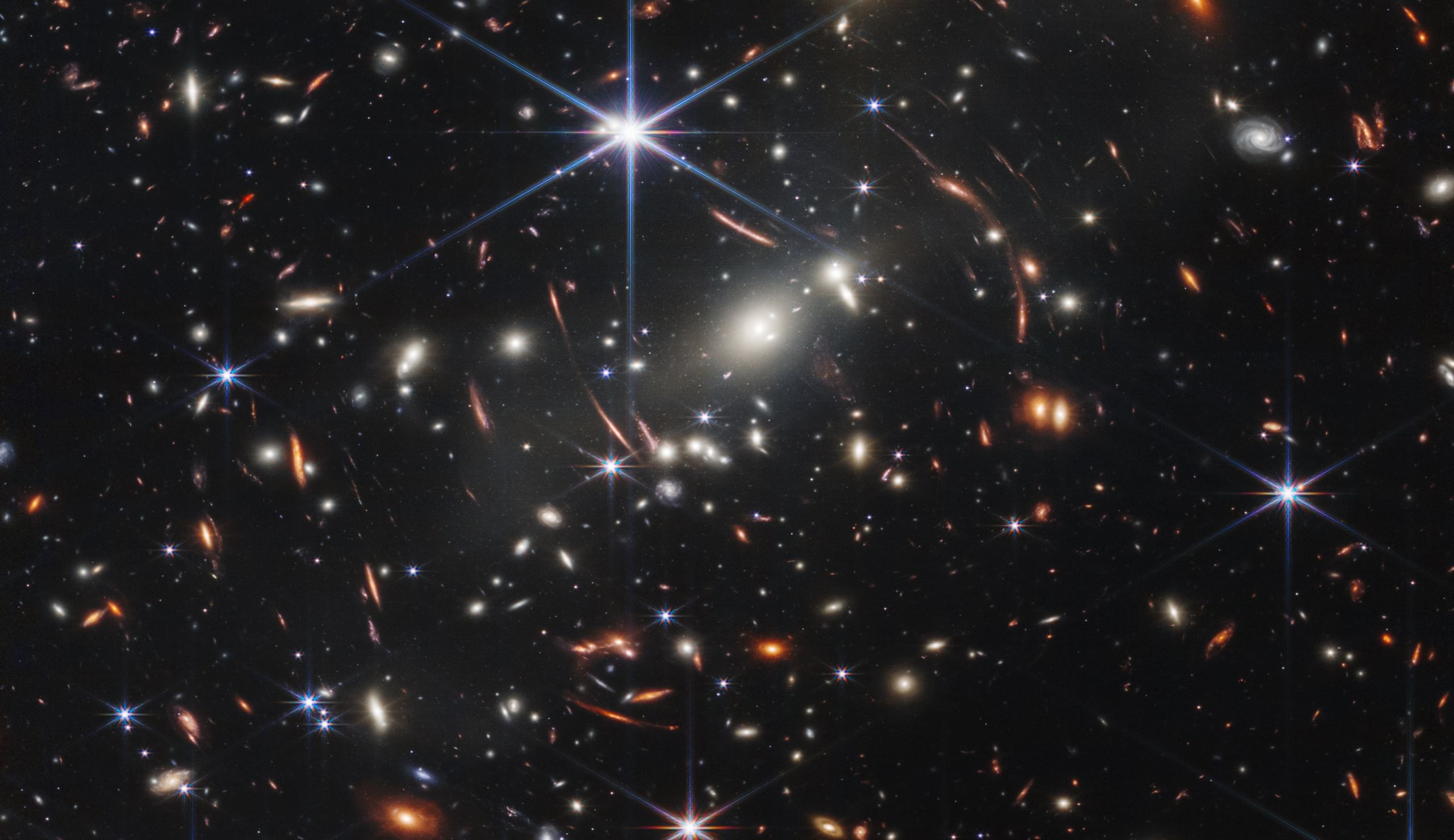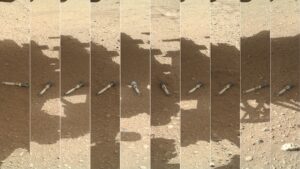When the James Webb Space Telescope launched in late 2021, we expected stunning images and illuminating scientific results. So far, the powerful space telescope has lived up to our expectations. JWST has shown us things about the early universe that we never expected.
Some of these results necessitate rewriting astronomy textbooks.
Textbooks are updated regularly as new evidence makes its way through the scientific process. But rarely does new evidence arrive at the speed at which JWST is providing it. The early universe chapters need major updating.
At the recent 2024 Breakthrough Workshop at the International Space Science Institute (ISSI) in Bern, Switzerland, a group of scientists summarized some of the telescope’s results so far. Their work is in a new paper titled “The first billion years, according to JWST.” The list of contributors is long, and these authors are quick to note that an even larger group of international scholars played a role. An international scientific community is needed to use the JWST observations and advance “the collective understanding of the evolution of the Early Universe,” as the authors write.
The early universe is one of JWST’s primary science goals. Its infrared capabilities allow it to see the light from ancient galaxies with greater sharpness than any other telescope. The telescope is designed to directly answer perplexing questions about the high-redshift Universe.
The following three broad questions are fundamental questions in cosmology that JWST addresses.
What were the physical properties of the earliest galaxies?
The early universe and its transformations are fundamental to our understanding of the universe around us today. Galaxies were in their infancy, stars were forming, and black holes were forming and getting more massive.
The Hubble Space Telescope was limited to observations at about z=11. JWST pushed that limit aside. Current high-redshift observations have reached z=14.32. Astronomers believe that JWST will eventually observe galaxies at z=20.
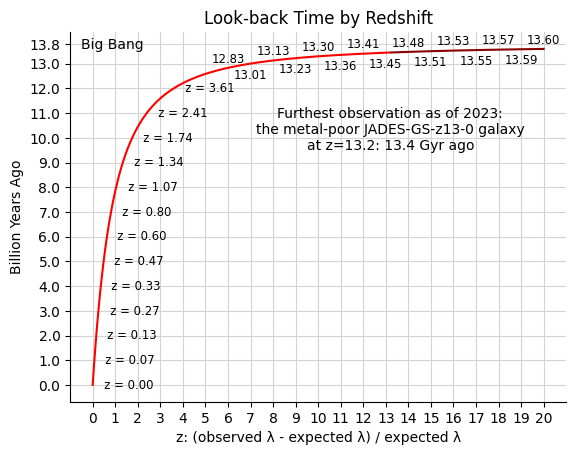
The first few hundred million years after the Big Bang are called the Cosmic Dawn. JWST showed us that ancient galaxies during the Cosmic Dawn were much brighter and therefore larger than we expected. The galaxy discovered by the telescope at z=14.32, called JADES-GS-z14-0, has several hundred million solar masses. “This raises the question: How could nature create such a bright, massive and large galaxy in less than 300 million years?” scientists involved in the JWST Advanced Deep Extragalactic Survey (JADES) said in a NASA publication.
It also showed us that they are of a different shape, that they contain more dust than expected, and that there is oxygen. The presence of oxygen indicates that generations of stars have already lived and died. “The presence of oxygen so early in the life of this galaxy is a surprise and suggests that multiple generations of very massive stars had already lived out their lives before we observed the galaxy,” the researchers wrote in the publication.
“All these observations taken together tell us that JADES-GS-z14-0 is not like the types of galaxies that were predicted by theoretical models and computer simulations to exist in the very early universe,” they continued.
What is the nature of active galactic nuclei in early galaxies?
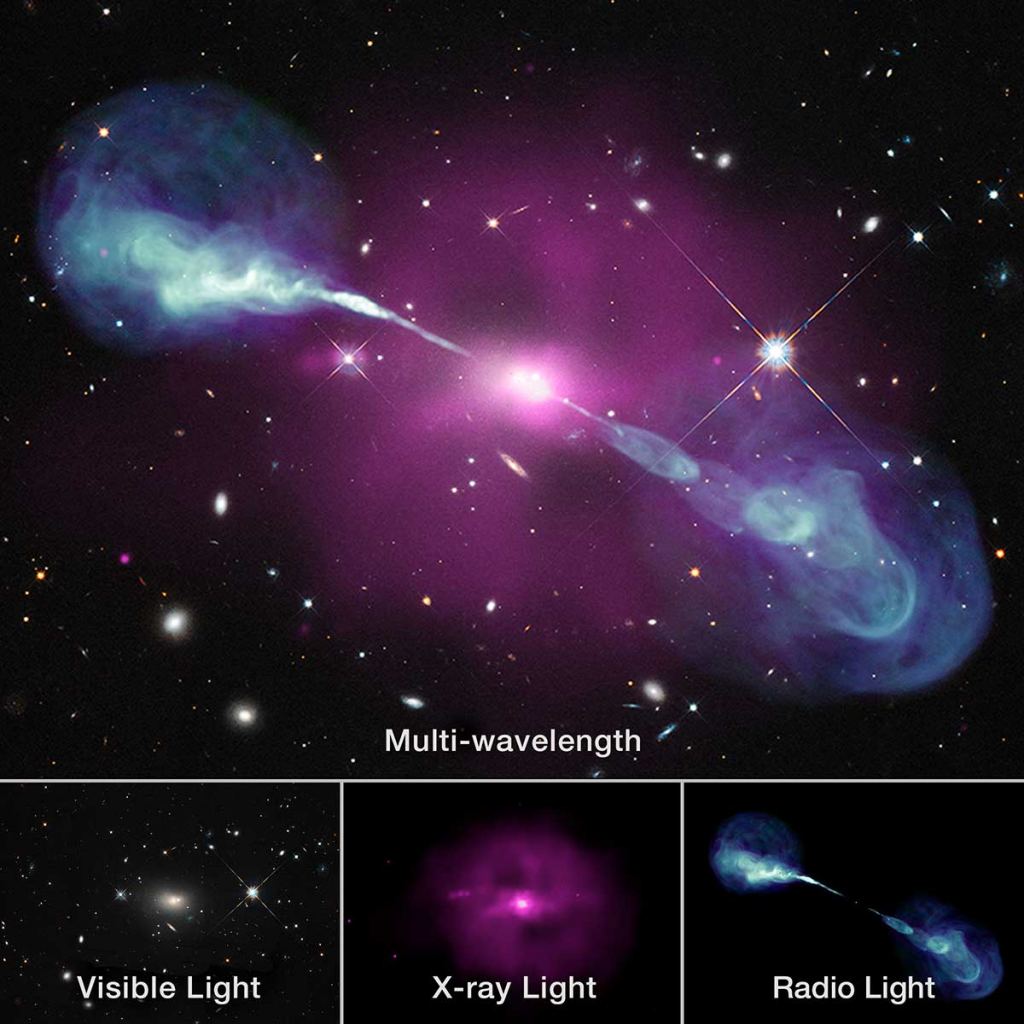
Active galactic nuclei (AGN) are supermassive black holes (SMBHs) that are actively accreting material and emitting jets and winds.
Quasars are a subtype of AGN that are extremely luminous and distant, and observations of quasars indicate that SMBHs were present in the centers of galaxies for as long as 700 million years after the Big Bang. But their origins were a mystery. Astrophysicists believe that these early SMBHs were created from “seeds” of black holes that were either “light” or “heavy.” The light seeds were about 10 to 100 solar masses and were stellar remnants. Heavy seeds were 10 to 105 solar masses and comes from the direct collapse of gas clouds.
JWST’s ability to effectively look back in time allowed it to spot an ancient black hole at about z=10.3 that contains between 107 to 108 sun tables. The Hubble Space Telescope has not allowed astronomers to measure the stellar mass of entire galaxies the way JWST does. Thanks to the power of JWST, astronomers know that the black hole at z=10.3 has roughly the same mass as the stellar mass of its entire galaxy. This is in stark contrast to modern galaxies, where the black hole mass is only about 0.1% of the total stellar mass.
Such a massive black hole, existing only about 500 million years after the Big Bang, is evidence that early BHs originated from heavy seeds. This is actually consistent with theoretical predictions. So, textbook authors are now able to remove uncertainty.
When and how did the early universe become ionized?
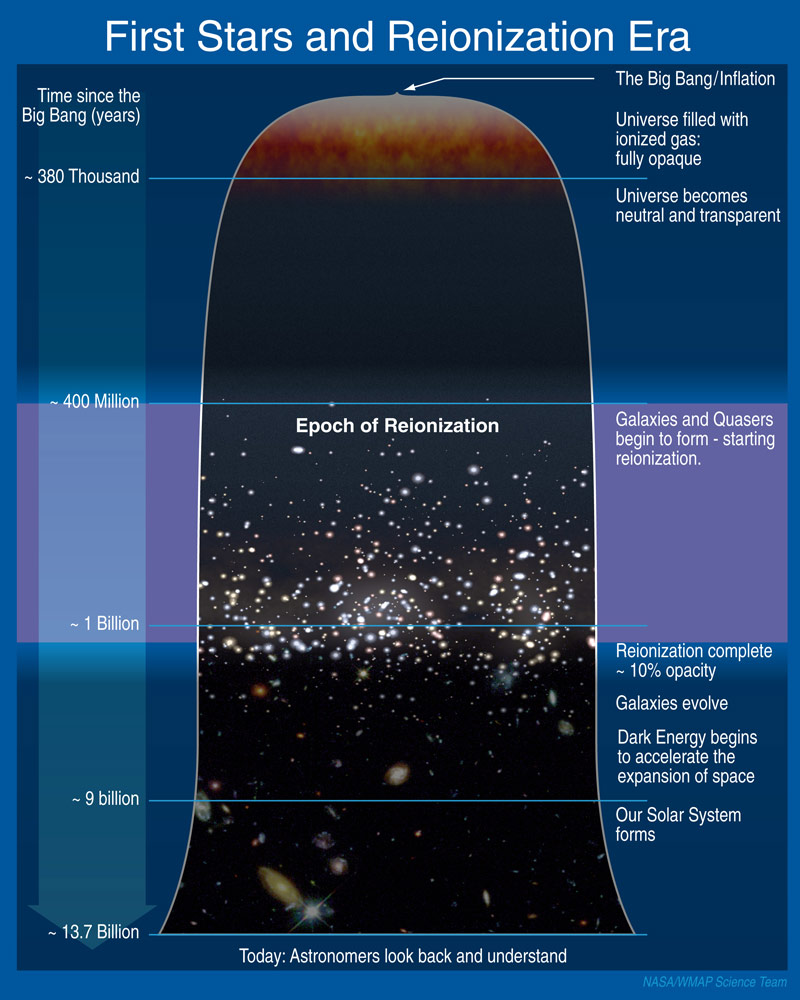
“We know hydrogen reionization happened, but exactly when and how it happened is a major missing part of our understanding of the first billion years.”
From “The First Billion Years According to JWST.”
We know that in the early universe, hydrogen ionized during the Epoch of Reionization (EoR). Light from the first stars, accreting black holes, and galaxies heated and reionized hydrogen gas in the intergalactic medium (IGM), removing the dense, hot, primordial haze that engulfed the early Universe.
Young stars were the main source of light for reionization. They created expanding bubbles of ionized hydrogen that overlapped each other. Eventually the bubbles expand until the entire Universe is ionized.
This was a critical phase in the evolution of the universe. This allowed future galaxies, especially dwarf galaxies, to cool their gas and form stars. But scientists aren’t sure how black holes, stars and galaxies contributed to reionization or the exact time frame in which it happened. “We know that hydrogen reionization occurred, but exactly when and how it happened is a major missing part of our understanding of the first billion years,” the authors of the new paper write.
Astronomers knew that reionization ended about one billion years after the Big Bang, at about redshift z=5-6. But before JWST, it was difficult to measure the properties of the ultraviolet light that causes it. With JWST’s advanced spectroscopic capabilities, astronomers have narrowed down the reionization parameters. “We found spectroscopically confirmed galaxies out to z = 13.2, suggesting that reionization may have started only a few hundred million years after the Big Bang,” the authors write.
The JWST results also show that accreting black holes and their AGN probably contributed no more than 25% of the ultraviolet light that caused reionization.
These results will require some rewriting of EOR textbook chapters, although there are still outstanding questions about this. “There is still considerable debate about the primary sources of reionization, in particular the contribution of faint galaxies,” the authors write. Although JWST is extremely powerful, some distant, faint objects are beyond its range.
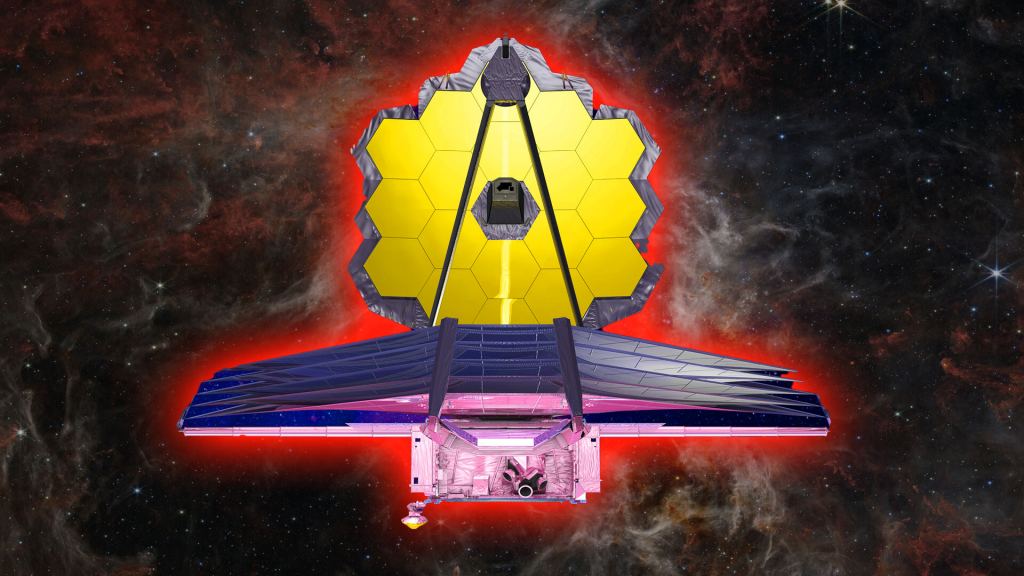
JWST is not even halfway through its mission, and it has already transformed our understanding of the universe’s first one billion years. It was created to answer questions about the age of reionization, the first black holes, and the first galaxies and stars. There is definitely more to come. Who knows what the total amount of his contributions will be?
As an astronomy writer, I am extremely grateful to all the people who made JWST happen. It took a long time to build, cost much more than expected, and was almost canceled by Congress. His perilous path to completion makes me all the more grateful to be covering his results. Researchers using JWST data are also grateful.
“We dedicate this paper to the 20,000 people who spent decades making JWST an incredible discovery machine,” they wrote.
